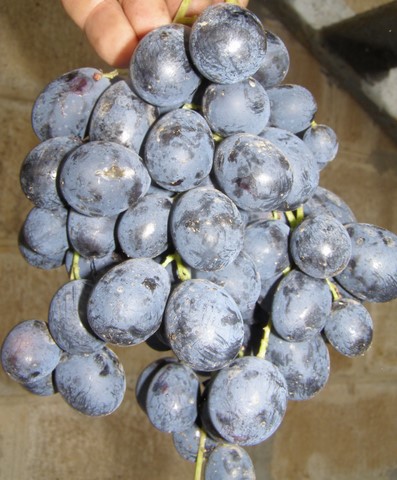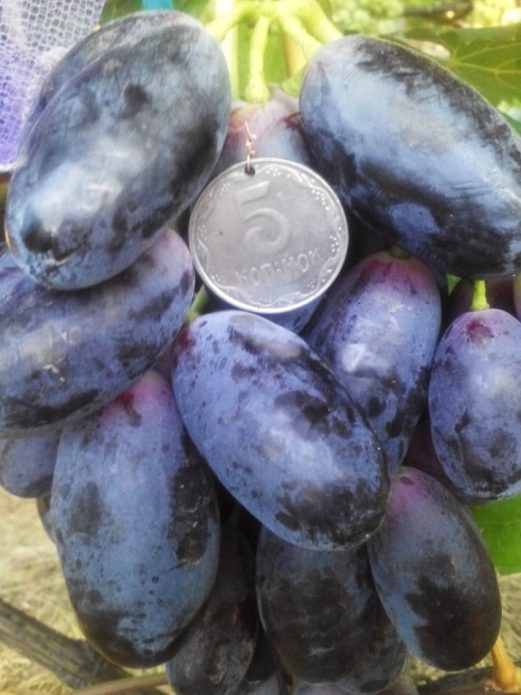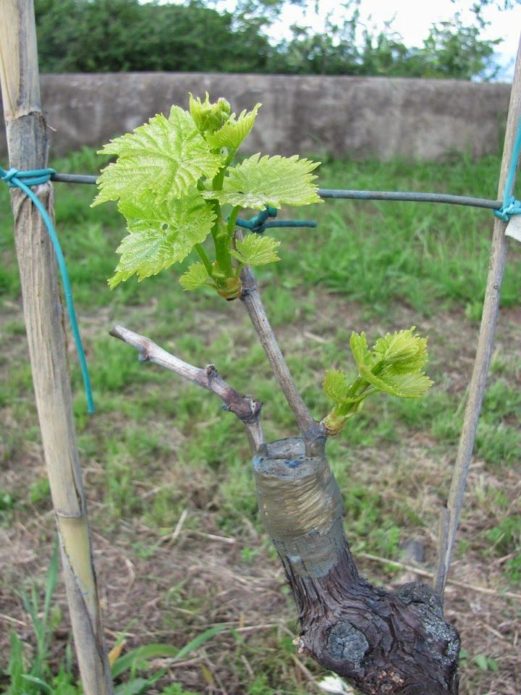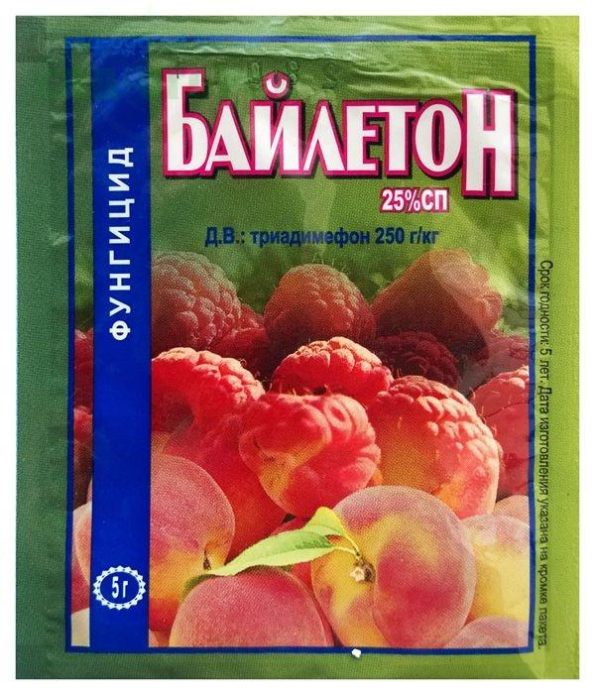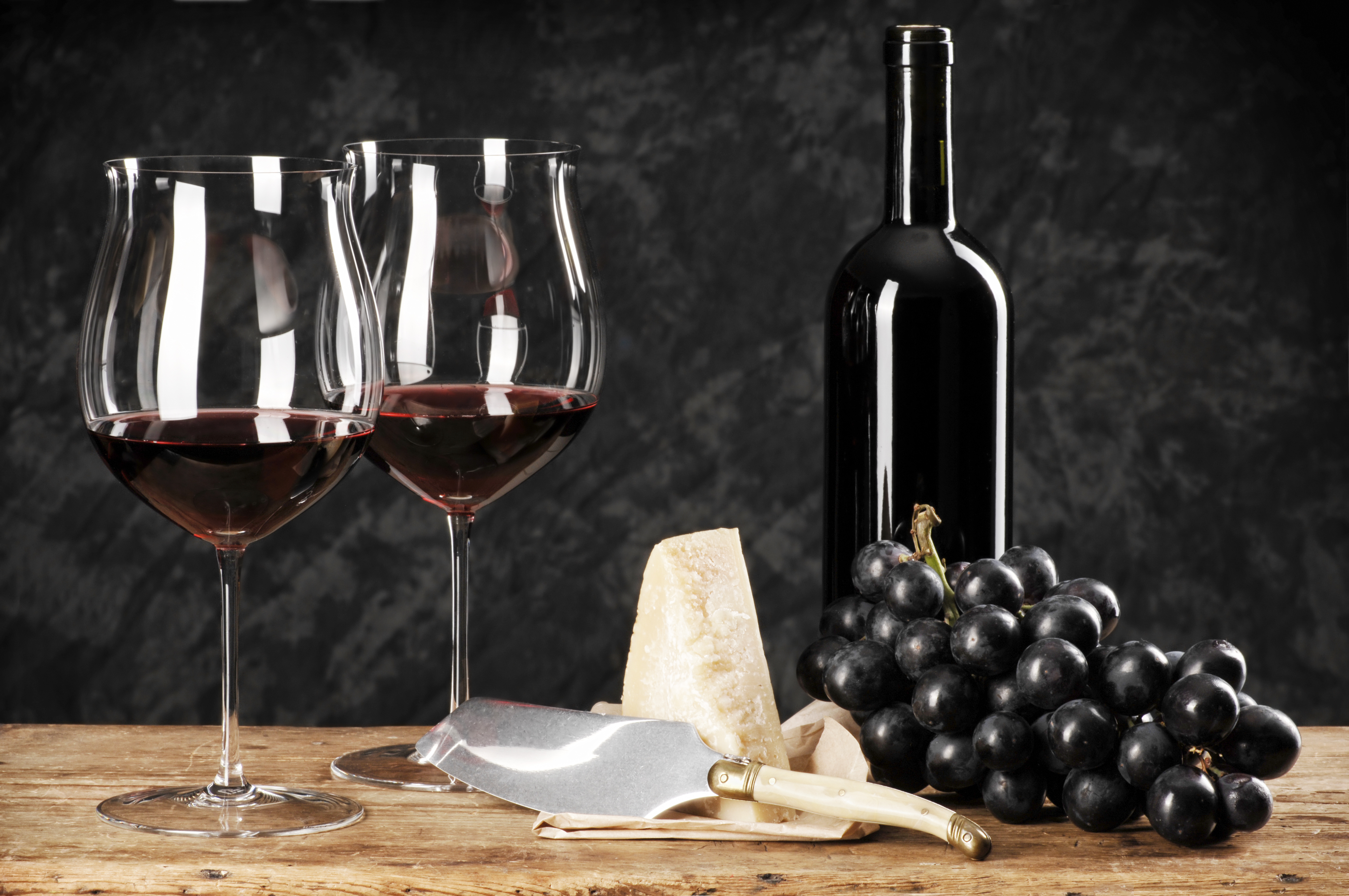Grape lovers prefer to feast on not only tasty, but also beautiful berries, large in size. One of the varieties that meet these criteria is the Bulgarian variety Velika. Unfortunately, it is difficult to cultivate in harsh climatic conditions, it is not easy to care for it even in the central regions, but in the southern regions it is one of the respected industrial grape varieties.
Content
Breeding history, description and characteristics of the Velika grape variety
The Velika grapes were bred more than 30 years ago by the Bulgarian breeder Ivan Todorov. One of the "parents" was the French variety Alphonse Lavalle, the second - Karaburnu (aka Bolgar) from Asia Minor. Velika quickly gained popularity in its homeland as an industrial table grape, and at the end of the twentieth century it took its rightful place in the vineyards of our country.
Velika is distinguished by a very rapid growth of shoots, and the bush requires pruning and shaping in the very first year. Own-rooted bushes grow too large, and to overcome this, they try to graft other grape varieties into the stem, thus restraining excess growth. The bushes look very decorative in the autumn, as the leaves acquire a beautiful fiery red color at this time.
This grape cannot be called early: even in the south of Bulgaria, the harvest falls on the twentieth of August. The yield by modern standards is average: about 10 kg per bush. The flowers are bisexual, so Velika does not require replanting of other varieties for pollination. The frost resistance of the bushes is at an average level, however, frozen bushes are reported to recover well from the replacement buds. Resistance to most diseases is below average.
The climatic conditions of central Russia make it possible to grow only frost-resistant and early ripening grape varieties:https://flowers.bigbadmole.com/en/yagody/vinograd/sorta-vinograda-dlya-sredney-polosyi-rossii-s-foto-i-opisaniem.html
Bunches of conical or cylindro-conical shape, rather large, weighing about 600 g, kilogram specimens are rare. The packing density of berries in bunches is average. They are distinguished by their elegance and good transportability, they are well stored in the refrigerator.
The berries of this grape are especially impressive. They are large, weighing up to 14 g, measuring 3.8 x 2.3 cm. The shape is elongated, the apex is slightly pointed, the color is from dark purple to dark red. The classic pea is absent, but in the bunches there are smaller berries, weighing about 5 g and with soft seeds. Basically, the seeds are relatively large, brown, well separated from the pulp. The skin is firm but edible.
The taste of the berries is considered balanced, without sugary: sugar content is about 17% with a total acidity of the juice of 5 g / l. The flesh is crispy, connoisseurs note the tones of ripe cherries and prunes in the taste. Wasps are slightly affected by the berries, practically do not crack.In the homeland, Velika is considered a commercial variety, its plantings are significant, up to 350 centners of fruits are harvested per hectare.
Video: Velika grape harvest in Ukraine
Features of planting and cultivation of the Velika grape variety
Great is no longer a young variety, and it is characterized by some shortcomings that leave an imprint on agricultural technology. This grape has low winter hardiness (and it was not created for the northern countries!) And disease resistance: it is significantly lower than that of most modern varieties. In this regard, when cultivated in the middle lane, grapes must be well covered for the winter, in all regions, carefully protected from diseases and pests.
Otherwise, the technique of planting and caring for the bushes is quite common. The peculiarity is that this variety is very often grafted onto others: fortunately, grafting is successful on most common rootstocks, they are most often grafted with a lignified cuttings into a stem in a split way, both above the ground and in some deepening. Spring grafting perform green cuttings at any height.
If a ready-made seedling is planted, then in the south they do it both in spring and autumn, but spring planting is more convenient. The bushes begin to bear fruit after two years. The hole is not dug wide (about 60 cm, but deep (up to a meter). Equip it as usual: below the drainage layer, then a layer of fertilizers mixed with the soil, and then clean fertile soil. The roots of the seedling should be in contact with the soil without fertilizers.
The variety normally resists the vagaries of the weather, withstanding both severe drought and prolonged rains. In normal years, it requires regular, moderate watering, especially during the growth of fruits and before winter. Watering should not be carried out 2-3 weeks before the harvest is ready. Top dressing is given in early spring, alternating between organic and mineral fertilizers, as well as spraying foliage with weak solutions of complex fertilizers immediately after flowering.
Velika is often affected by all known grape diseases: mildew, oidium, anthracnose, alternaria. Therefore, it is required to carry out at least three preventive spraying with the simplest fungicides: in early spring with a solution of ferrous sulfate, when the leaves are extended with a Bordeaux mixture, and shortly before flowering with one of the modern drugs, for example, Ridomil gold or Bayleton. Fundazol helps in the fight against gray rot.
What is foundation and how can it be replaced:https://flowers.bigbadmole.com/en/uhod-za-rasteniyami/fundazol-chem-ego-mozhno-zamenit-i-chto-eto-takoe.html
Pests are also fond of Velika, especially phylloxera and grape aphids. And if it is relatively easy to fight against aphids, spraying the bushes with any insecticides, for example, Kinmix, then phylloxera is a real scourge of old varieties. Partly the problem is solved by grafting on phylloxera-resistant varieties, otherwise this pest can destroy the bushes: it is very difficult to deal with pests that have settled on the roots.
It is necessary to prune these grapes systematically, and no specific scheme has been proposed: its shoots grow very quickly, but relatively few stepsons are formed. Therefore, early spring or autumn pruning is mainly of a shortening nature; vines as they grow are placed on a two-plane trellis.
The frost resistance of the variety is relatively low: it is noted that it can withstand only slight frosts without any shelter, therefore, even in the southern regions, it is often removed from its supports and slightly covered with spunbond. In the middle lane, the shelter should be more significant, but the advice to wrap the vines in plastic wrap should be treated with doubt: damping off the vine in the event of a thaw is no better than freezing. But simply covering with pine branches may not be enough. Therefore, in cold regions, a box is built in which the vines are laid, then spruce branches are thrown on them, and covered with boards on top, sometimes an earthen shelter is added.
How to quickly and inexpensively update your garden using grape cuttings:https://flowers.bigbadmole.com/en/yagody/vinograd/kak-razmnozhit-vinograd-cherenkami.html
Advantages and disadvantages of the variety in comparison with similar
Velika is a good table grape variety, but comparing it with modern varieties is no longer very honest: over the 30 years of its existence, many large-fruited varieties have appeared that ripen earlier than Veliki, which are more resistant to disease and frost. Sometimes it is compared with the well-known Codryanka or Nadezhda Azos: their berries have a similar shape and color. But here Velika wins in the size of berries and bunches. The advantages of the variety are:
- rapid growth of shoots and early entry into fruiting;
- excellent presentation of very large fruits;
- long shelf life and good transportability of the crop;
- harmonious berry taste with fruity notes;
- low susceptibility to wasps.
The disadvantages are:
- weak resistance to most diseases, susceptibility to phylloxera;
- not very good frost resistance;
- the complexity of the formation of bushes associated with the high rate of their growth.
Variety reviews
Last year, the summer was hot, so the "prunes" appeared already at ripening, and the year before last it was not so hot, and I didn't really feel this aftertaste at the time of ripening.
Velika clearly succeeded in pollination this year, the clusters are full. But already a little oidium grabbed! Its resistance, of course, is not high, especially to powdery mildew, but still I consider this variety one of the most delicious among all, and I have already tried them ... I'm even afraid to guess how many!
Velika is a Bulgarian variety, which means it was conceived as very technological, i.e. excluding as many unnecessary operations as possible, including rationing. And load it like Arcadia is unlikely to succeed. But Velika takes not yield, but the highest marketability (and taste too).
For me, if God willing, next year they will bear fruit in full two Velika bushes. Of the features, the vine accelerates for a very long time, in the sense that the beginning of the growing season is not shaky, not roll, but then the growth becomes powerful. In the school, too, gigantism does not differ. As for diseases, I did not get sick with three occupational treatments. For the second growing season, one of the bushes gave out a signal bunch and a stepchild. The berry is very large, four and a half centimeters long, heavy, with a very dense, crispy pulp, with a very high sugar accumulation, almost black in color. The wasp is practically not damaged, the berry does not lose its qualities until the last.
So far, I haven’t got anything great with Great. There are a lot of tops, and the clusters are small, the berry is really large and tasty. But there is still no harvest, no decent bunches. In general, there is nothing to bring to the market ...
Video: about the size of the berry, bush and the yield of Velika grapes
The Velika grape for its time was one of the best varieties, distinguished by an excellent shape and size of berries, good yield and marketability of bunches. However, now the weak disease resistance makes it impossible to enter the list of the best table varieties, and the low frost resistance limits the cultivation of Veliki in relatively warm regions.
